United Nations Convention on Biological Diversity Affirmed Key Roles of Vulnerable Non-State Actors in Conservation
While climate change will center around the carbon market, technological and investment solutions, the 16th Conference of the Parties (COP16) to the United Nations Convention on Biological Diversity (CBD) made clear emphasis on the central role of Indigenous Peoples and local communities in the implementation of the Kunming-Montral Global Biodiversity Framework.
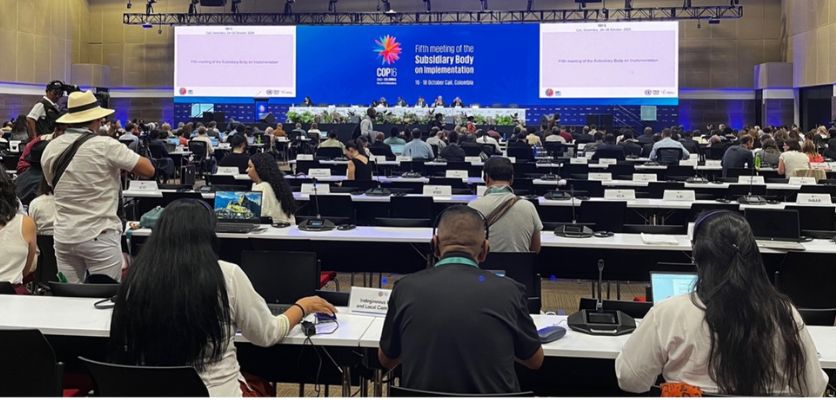
The 16th Conference of the Parties (COP16) to the United Nations Convention on Biological Diversity (CBD) stood as an intense and productive round of final adoption of global constitutional law and policy, gathering world country representatives and diverse stakeholders from all over the world. The overall conclusions of the negotiations, which were held from October 16 to November 1 in Cali, Colombia, suggest an unprecedented shift to more responsible behaviors, healthier and more inclusive business regulatory frameworks, and a newfound sensitivity to historical considerations of the role of vulnerable non-state actors. Indigenous Peoples and local communities were recognized as central actors of the convention implementation, with special consideration for their self-identified needs, institutions and indicators.
The CBD COP16 was one of four concurrent meetings, including the Cartagena Protocol on Biosafety’s 11th meeting (CP MOP 11), the Nagoya Protocol on Access to Genetic Resources and the Fair and Equitable Sharing of Benefits Arising from their Utilization’s fifth meeting (NP MOP 5) and the Subsidiary Body on Implementation’s fifth meeting (SBI 5). Each meeting discussed a series of recommendations and previous decisions agreed by diverse consultative bodies and constituent groups. Aside from country representatives, thousands of civil society members also played a role in the green and blue zones, sustaining a dialogue about the climate and negotiation process to remind the parties about these prior obligations and offer technical solutions to achieve higher impact around the 23 global goals of the Kunming-Montreal Global Diversity Framework. An important framework that intersected all decisions was the National Biodiversity Strategies and Action Plans (NBSAPS) that were agreed as national targets and presented in databases containing national reports established to implement the Aichi Biodiversity Targets.
In Colombia’s capacity as host of CBD COP16, the nation’s government convened a discussion on international support for the country’s internal pacification process, affirming their democracy and celebrating the beauty and diversity of its geographical and cultural landscape. From the first opening statement, CBD COP16 President María Susana Muhamad, Colombia’s Minister of Environment & Sustainable Development, urged the conference’s global audience to recognize the unequal relationships that lead to extractive, exploitative activities, denouncing the impact of “legal and illegal extractive economies, particularly those associated with fossil fuel economies such as mineral or hydrocarbon extraction, [which] generate degrading practices that violate human rights and increase the contexts of conflict and violence.” This statement set a tone of urgency to reconcile the decisions of all represented countries with the technical and scientific input offered by society, academia and the private sector during the final negotiation rounds.
Many actors shared their stances on strategies to ensure biodiversity restoration and balance by 2035 while considering the urgency of this timeline as it narrows by the minute. The Sustainable Wildlife Management (Item 19) draft decision recognized that using wild species sustainably is critical to halting and reversing biodiversity loss and therefore embedded in the CBD’s mission. At the same time, the draft decision established that monitoring wild species is a resource-intensive activity requiring more support and investment to overcome the financial, technical and institutional challenges that limit this work. Additionally, monitoring species should include Indigenous peoples and local communities as well as facilitate the equitable participation of all key actors to better inform decision-making processes.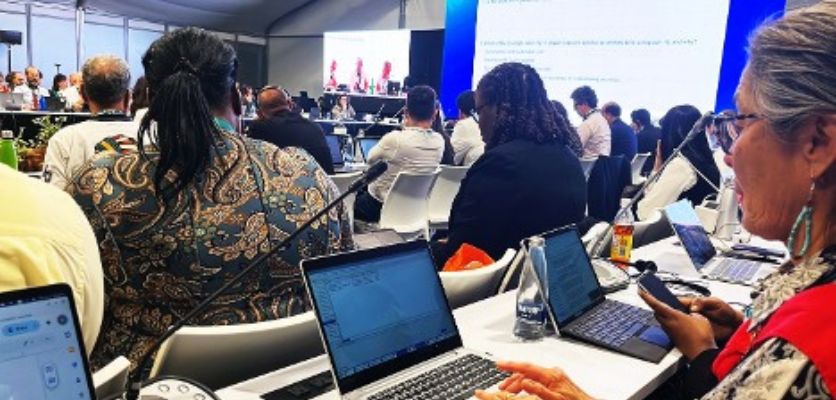
The decision also addressed the needs and circumstances of people living in vulnerable situations in addition to land tenure challenges, resource use rights and inequitable distribution of costs and benefits derived from achieving the objectives of the Convention. It also addressed potential challenges for using wild species sustainably, including the impacts of climate change, unsustainable practices and demand increases, all of which could negatively impact wild species. This includes coordinated efforts at the national and international levels to halt the illegal and unsustainable use of wild species while promoting sustainable, safe and legal trade. It finally called for more inclusive and participatory decision-making including multiple knowledge systems outside of Western science and the equitable distribution of costs and benefits.
I led Item 12 on Capacity Building on behalf of the International Indigenous Forum on Biodiversity (IIFB), a key advisory board of the convention. Indigenous peoples and local communities were part of the central portal of the clearinghouse mechanism and could share information about activities and opportunities to enhance North-South, South-South and triangular cooperation. Through this system, Indigenous peoples, local communities, women and youth representatives, and other relevant stakeholders were encouraged to assess and communicate their capacity needs and priorities through the central portal of the clearing-house mechanism. The portal collaborates with technical and scientific support centers and relevant organizations.
The official adopted language in the mandate is to “foster the effective use of science, various sources of knowledge, technologies and innovations, including the traditional knowledge, innovations and practices of Indigenous peoples and local communities, with their free, prior and informed consent, to support the implementation of the Convention and its Protocols and the Kunming-Montreal Global Biodiversity Framework.”
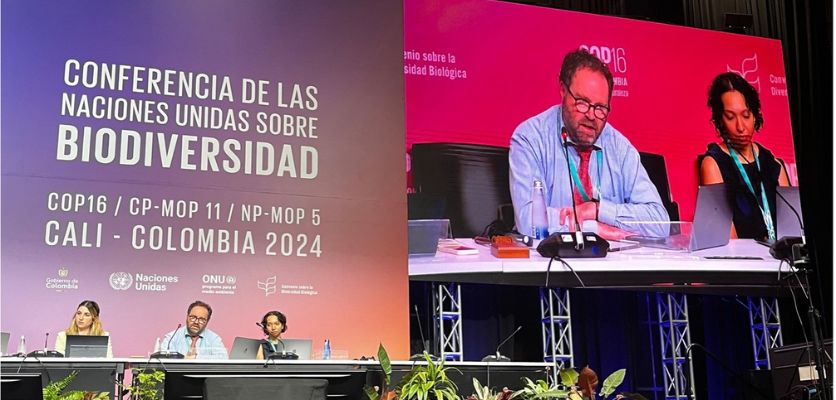
The adopted decision on “Conservation and sustainable use of marine and coastal biodiversity and of island biodiversity” recognized that the best available science and traditional knowledge of Indigenous peoples and local communities should be considered in accordance with relevant national legislation, international instruments, including the United Nations Declaration on the Rights of Indigenous Peoples and human rights law.
Item 24 on Synthetic Biology reaffirmed the application of a “precautionary approach” and reminded the parties of the inequity in utilizing developing countries in research and development in synthetic biology. Item 24 also stressed the importance of addressing impacts, development and knowledge-sharing for synthetic biology. Finally, it emphasized capacity-building to facilitate equitable participation of developing country Parties, Indigenous peoples and local communities in the synthetic biology field before making a final decision. It also requested an independent scientific study compiling and summarizing existing scientific studies, public research, development funding needs and priorities and research road maps relevant to achieving the Framework.
While acknowledging the need to engage Indigenous peoples and local communities in developing and managing information systems and the importance of international cooperation to address technical and financial gaps in developing countries, the new decision affirmed language to protect and encourage customary sustainable use by Indigenous peoples and local communities.1 Among many important inclusions, it also introduced indicators on changes in land use and land tenure in traditional territories of Indigenous peoples and local communities.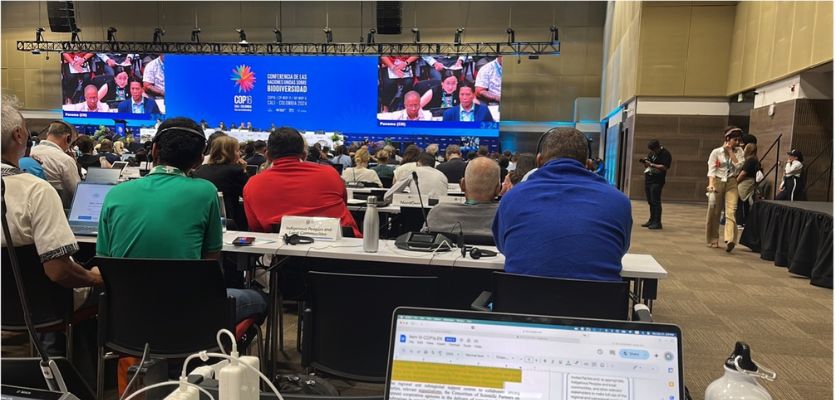
The decision on Item 11, Financial Mechanism, also highlighted the contribution of Indigenous peoples and local communities to the Convention and welcomed the aspirational programming share of 20% by 2030 from the total amount of resources allocated under the Global Biodiversity Framework Fund to support actions by Indigenous peoples and local communities. It also formally requested support from the Global Environment Facility to support partnerships and increase direct funding for Indigenous peoples and local communities, ensuring that these resources support their rights and knowledge systems. It also included a key consideration to further support capacity-building and direct access to funding by Indigenous peoples and local communities who embody traditional lifestyles and hold traditional knowledge, innovations and practices relevant to the conservation of biological diversity and the sustainable use of its components (para 12c).
However, the most contentious negotiations were around Item 9 on Digital Sequence Information on Genetic Resources, which was linked to related issues in other United Nations bodies such as the International Treaty on Plant Genetic Resources for Food and Agriculture, the World Health Organization, and the Agreement under the United Nations Convention on the Law of the Sea on the Conservation and Sustainable Use of Marine Biological Diversity of Areas beyond National Jurisdiction. The decision, preceded by years of intense dialogue around this new technology and industry, first recognized the vital role that Indigenous peoples and local communities play in the conservation and sustainable use of genetic resources. This also recognized non-monetary benefit sharing for capacity and technical development needs and priorities, including the self-identified needs of Indigenous peoples and local communities.
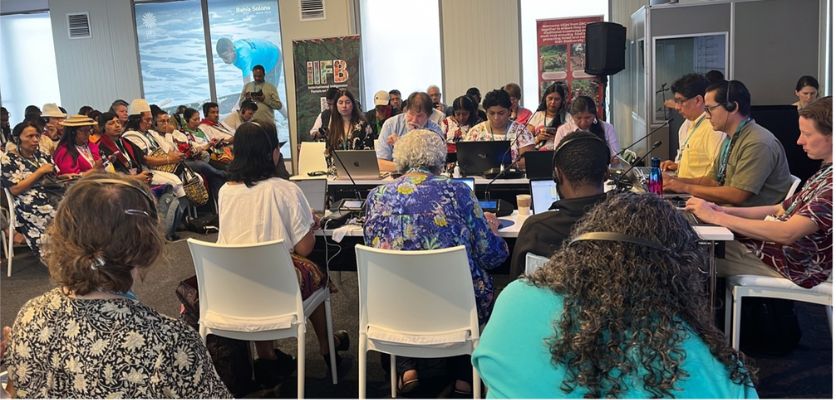
In what constitutes the most important historical decision, the CBD adopted a global fund, known as the Cali Fund, for the IIFB workgroup negotiations of the DSI platform, establishing that “at least half of the funding of the global fund should support the self-identified needs of Indigenous peoples and local communities…through government or by direct payments.”
The global fund is established to reflect the modalities of the multilateral mechanism for the fair and equitable benefits sharing from using digital sequence information on genetic resources. It mandates that all users should share benefits arising from its use in a fair and equitable manner (Art. 2 Annex) and divide their contribution according to profit thresholds. Contributions to the global fund are expected to be made directly but may be made through a national authority.
The multilateral mechanism also issued a clear mandate for the respect of the rights of Indigenous peoples and local communities (Art. 25 Annex), and for the support of the capacity needs for the conservation and sustainable use of biodiversity, with consideration paid to the least developed countries and small island developing states and those with economies in transition, and of Indigenous peoples and local communities (Enclosure B).
An important consideration of the adopted decision on DSI is the Enclosure C Terms of reference for the Ad-hoc Technical Expert Group on Allocation Methodology, which created the group to provide technical advice and guidance on remaining and unresolved issues relating to the disbursement of funds from the global fund. The Group will comprise 15 technical experts nominated by Parties, seven experts nominated by representatives of Indigenous peoples and local communities from the seven sociocultural regions and four experts from relevant organizations. The Enclosure F “Factors to be considered in the review” suggests implications of the operation of the multilateral mechanism with respect to open access and for data governance, including Indigenous data governance.
Finally, the greatest achievement was the decision to create the Subsidiary Body on Article 8(j), as part of the Program of Work on Article 8(j) to promote the inclusion of traditional knowledge, innovation and practices in all bodies of the Convention. Additionally, this will include a timely and stepwise implementation and review process to align it with any post-2030 framework under the Convention. This constitutes a great victory for a world body of diplomatic and informed contributors and ensures productive partnerships between nation states and Indigenous peoples to develop projects that will restore global biodiversity.
One important mandated technical task of the Program of Work relevant for national legislations will be to develop guidelines with the full and effective participation of Indigenous peoples and local communities to strengthen the legal and policy framework to support the protection and restoration practices led by Indigenous peoples and local communities. Another important task of the new Subsidiary Body on Article 8j will be to promote the inclusion of traditional knowledge, innovation and practices in all convention bodies.
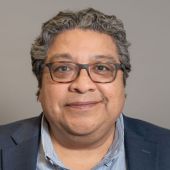
Reynaldo A. Morales is a Faculty Fellow at the Buffett Institute for Global Affairs and an Assistant Professor in the Medill School of Journalism at Northwestern University. Affiliated with Northwestern’s Center for Native American and Indigenous Research, he also serves as member of the International Indigenous Forum on Biodiversity (IIFB) at the CBD, and to the International Indigenous Peoples Forum on Climate Change (IIPFC) at United Nations Framework Convention on Climate Change (UNFCCC).
Photos and video by the author.
